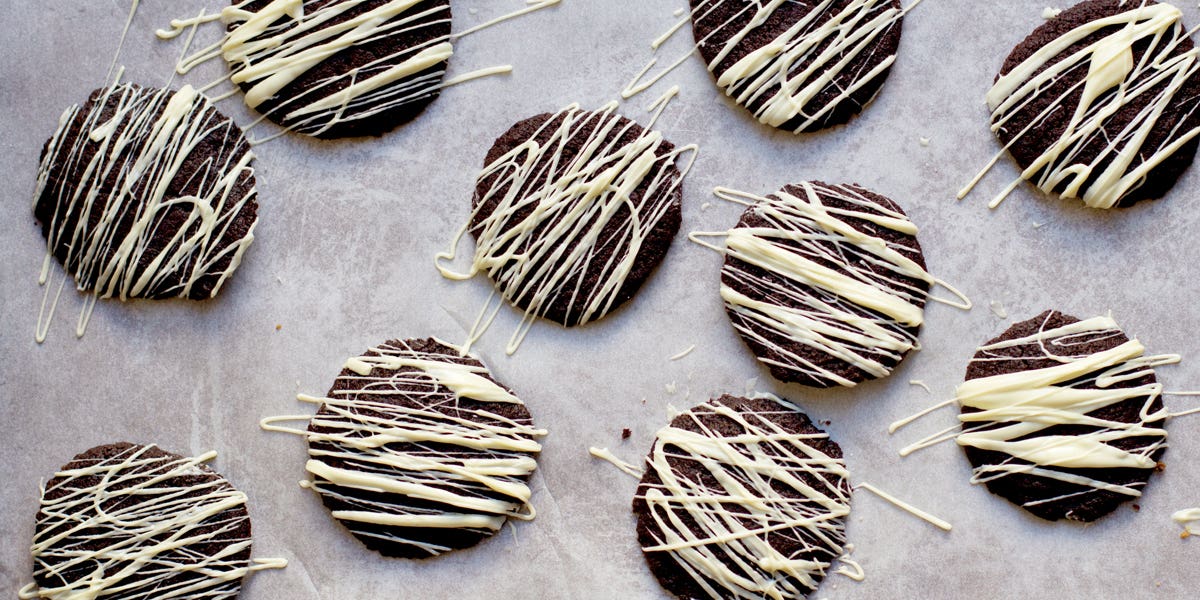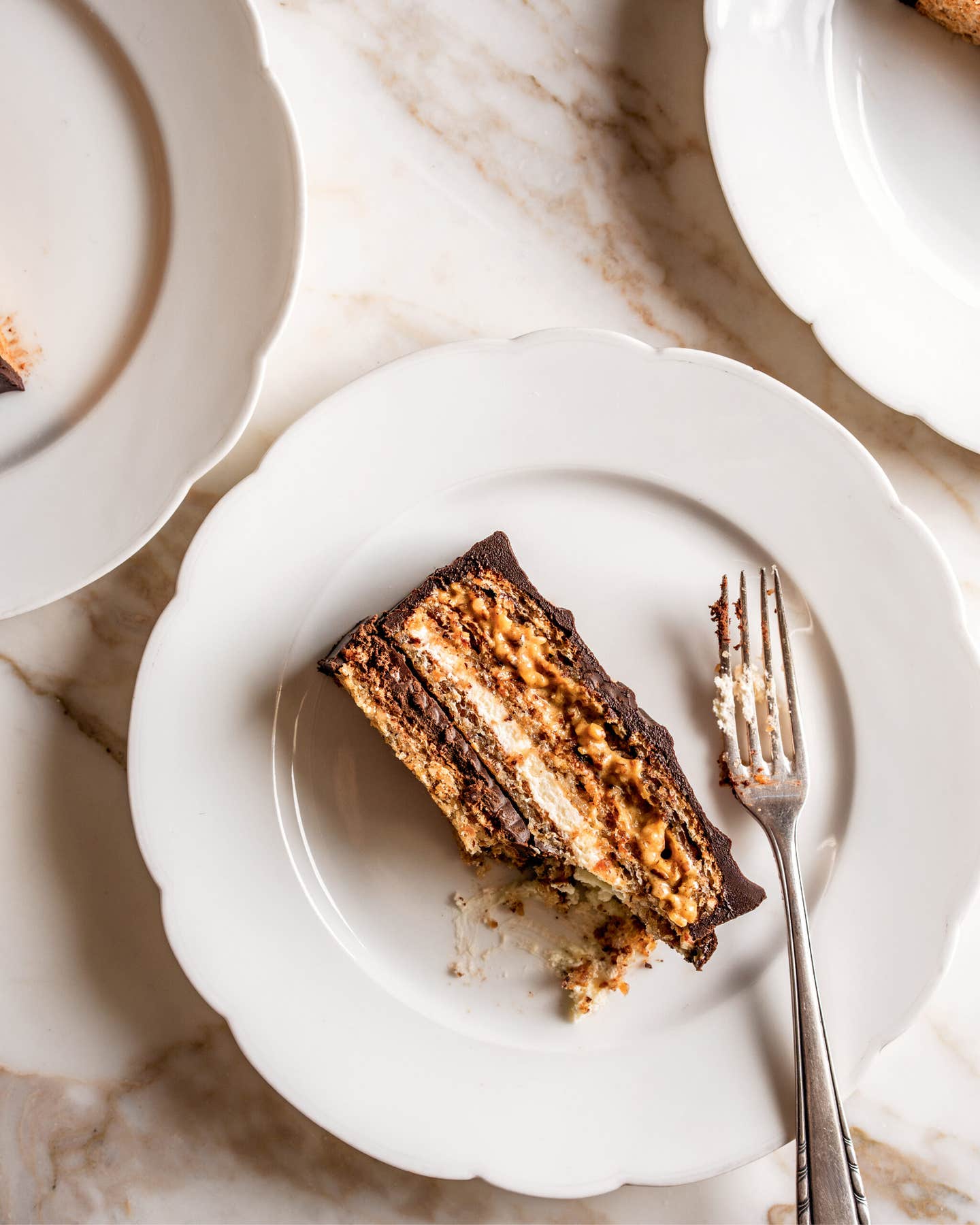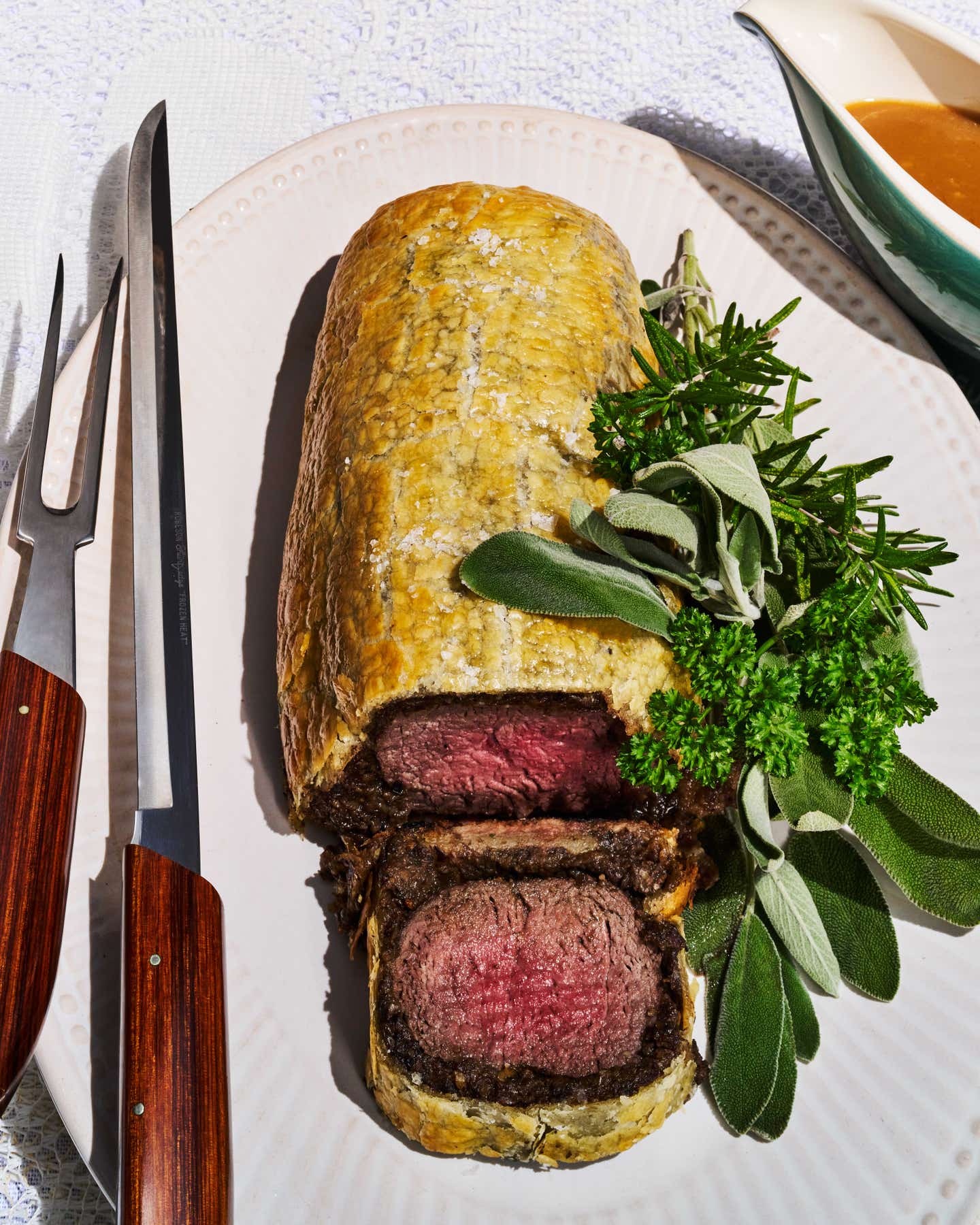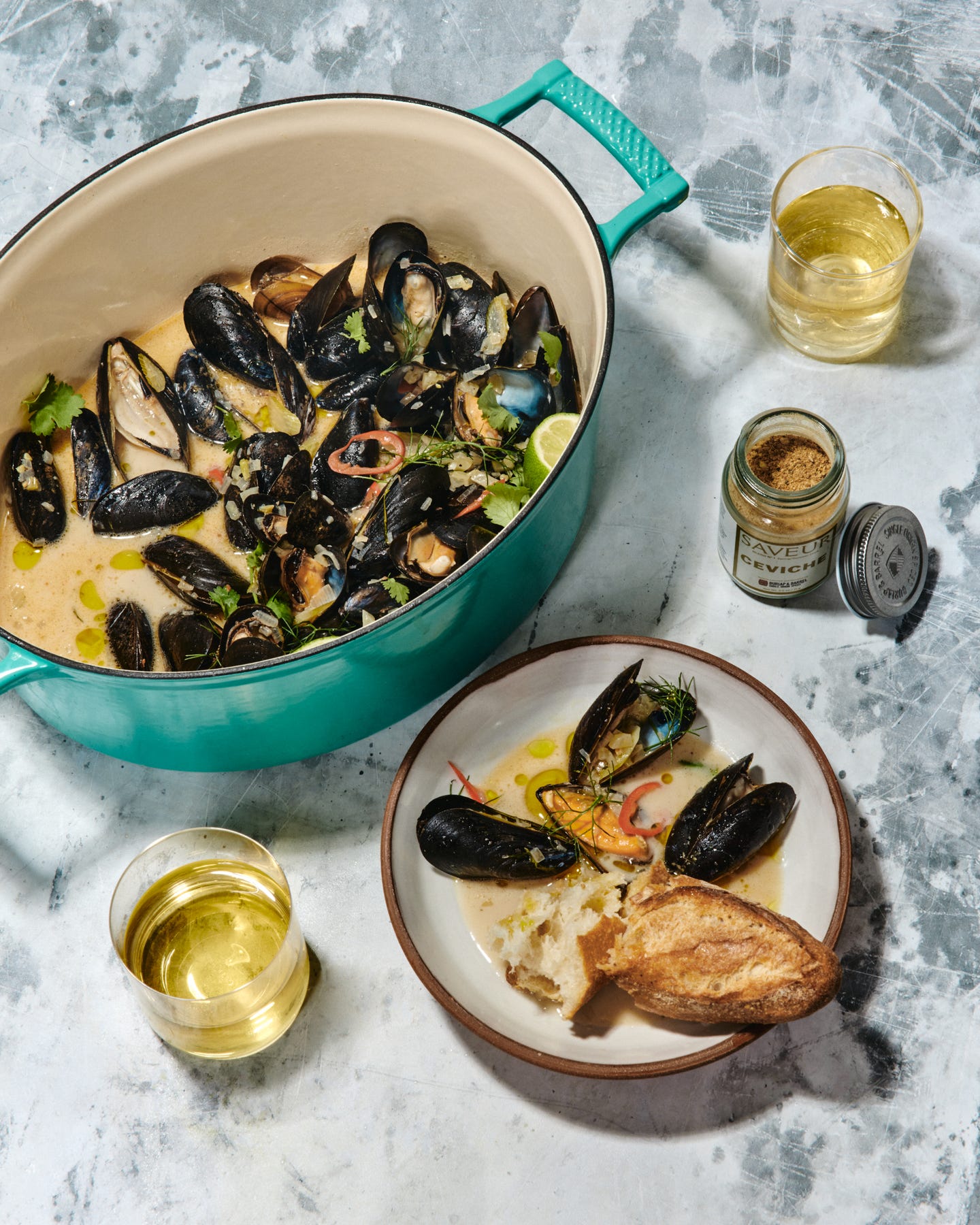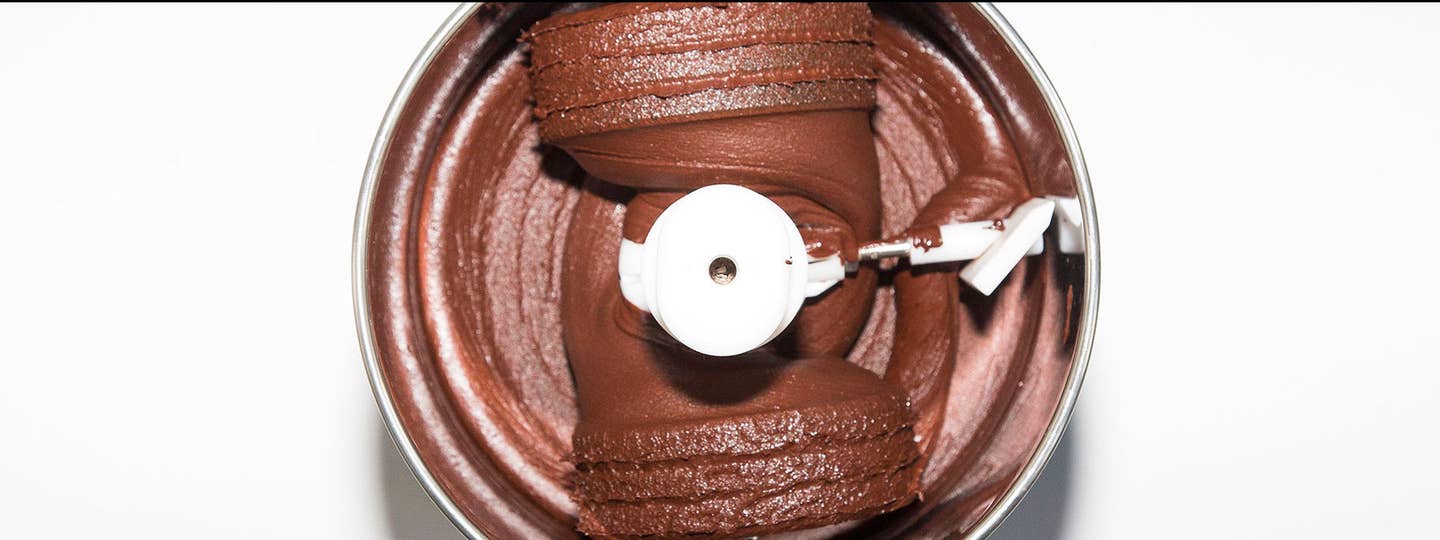
Everything That Goes Into Making a Chocolate Truffle
How tropical fruit turns to the dark side
Chocolate comes from a fruit. I know! I couldn't believe it either when I first started writing about craft chocolate a few years ago. I'd assumed it appeared out of thin air in its perfect form, a gift from the gods. Since then I've become so obsessed with the process and the people who make it that I've written an entire book, coming out from Storey Publishing in fall 2017.
It turns out that this integral ingredient we know, love, and take for granted is actually pretty hard to make. Here's how the magic happens.
At the Farm
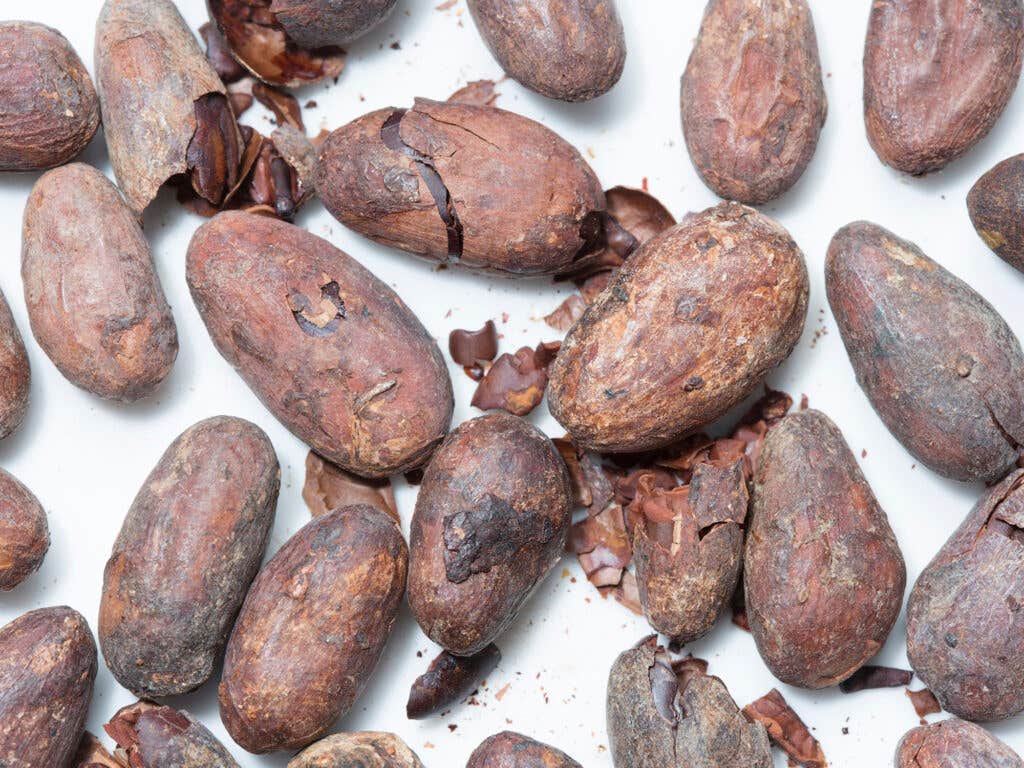
Farmers carefully cut football-shaped cacao pods off the tree by hand, then slice them open with machetes. Inside, each pod houses around 30 cacao beans, encased in a sweet, fruity pulp that tastes like lychee. After the beans and pulp are pulled out of the pod, they’re fermented in wooden boxes or under banana leaves, then dried, usually in the sun. Raw beans taste nothing like chocolate, and the fermenting and drying steps are essential for creating that familiar flavor.
At the Factory
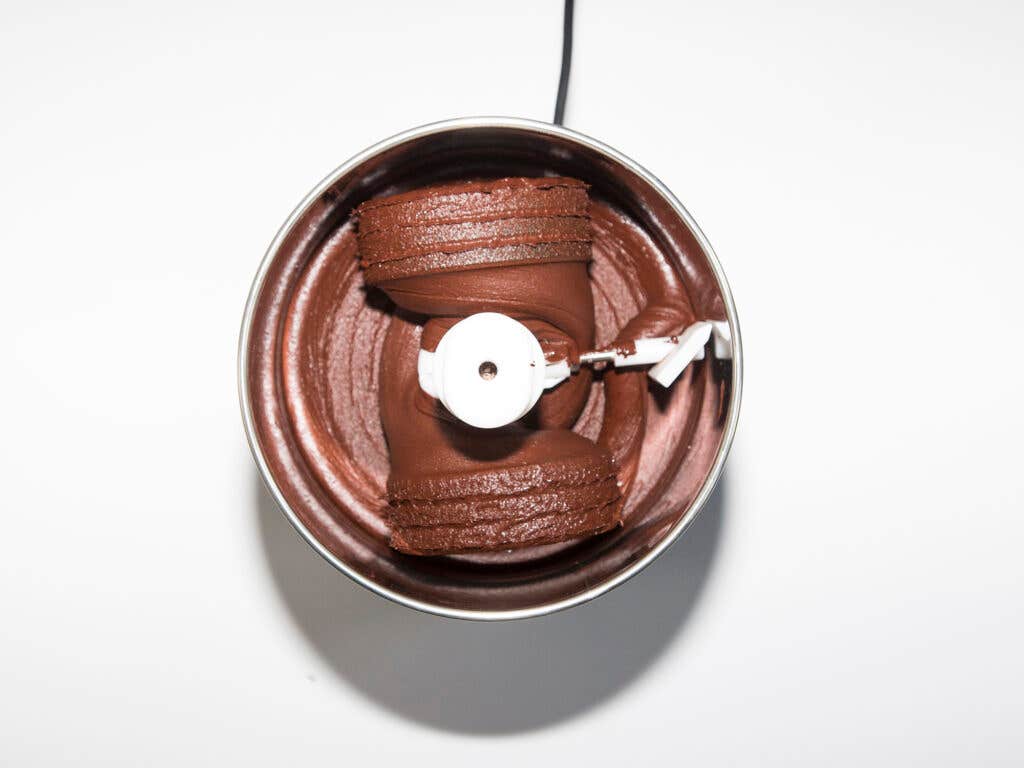
Now it’s time to roast ’em! Makers use everything from antique roasters to modified clothes dryers in this all-important step, which helps define the chocolate’s flavor. After they’re roasted, the beans are cracked, then sorted into cocoa nibs and inedible husks (called “winnowing” in the business). The husks are discarded, and the nibs are ground and refined with sugar and other ingredients (like vanilla) into particles so tiny you can’t feel them on your tongue.
Most of the time the chocolate is then conched, which means it’s mixed and polished so that it’s super smooth. The resulting chocolate is tempered, then formed into bars to be eaten or feves, the small even-melting disks of chocolate that are perfect for making confections.
At the Chocolatier
Chocolatiers start with pre-made chocolate, then transform it into enticing bonbons and other treats. After the feves are melted and the chocolate is tempered, chocolate shells are made by filling a mold, then flipping it upside down and scraping it until there’s only a thin layer of chocolate left.
The mold is filled with ganache, caramel, or something else sweet and amazing. Then it’s time to close the bonbons up by covering the bottom with chocolate again and scraping it flat. After the chocolate cools, the molds are flipped upside down and voila! A perfect bonbon, ready to be devoured.
Thanks to Valrhona and Stick With Me Sweets for their participation in making this video.
Megan Giller writes about food and culture, and especially bean-to-bar chocolate, for Slate, Food & Wine, and Fortune, as well as on her own site, Chocolate Noise. Her book about American bean-to-bar chocolate is coming out in fall 2017: In it find more details about the process as well as profiles of the best chocolate makers in America and recipes from pastry chefs like Michael Laiskonis and Alice Medrich that let you enjoy the flavors of these bars in other forms like drinking chocolate and single-origin truffles. Megan judges the International Chocolate Awards, speaks at events like the Northwest Chocolate Festival, and leads chocolate-pairing classes around New York. Find out more at Chocolate Noise and on Facebook, Twitter, and Instagram!
Keep Reading
Continue to Next Story
